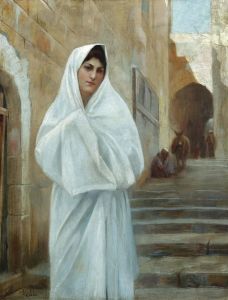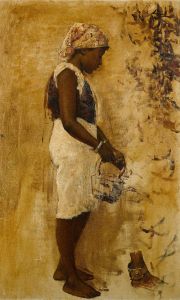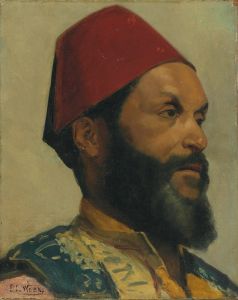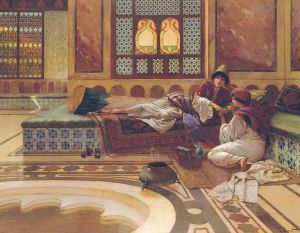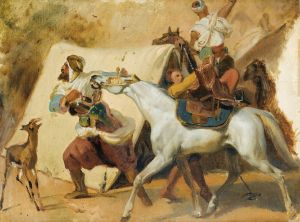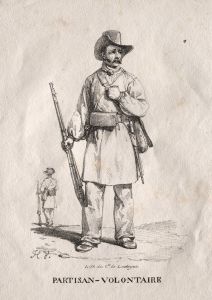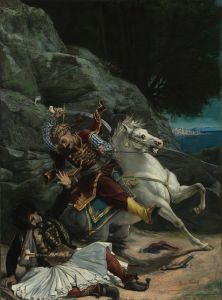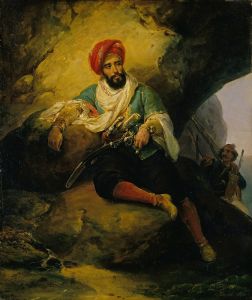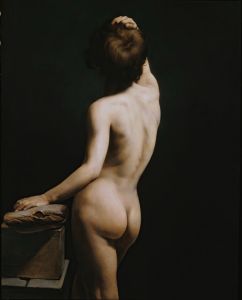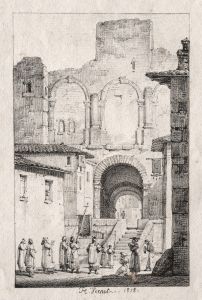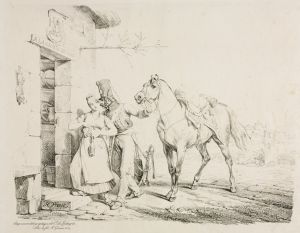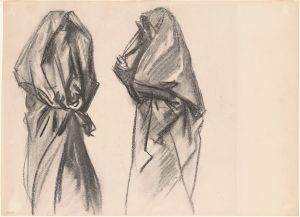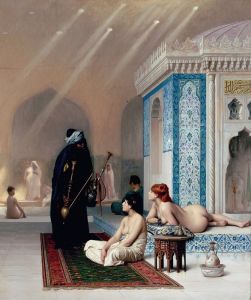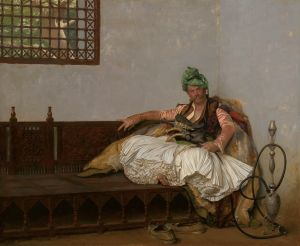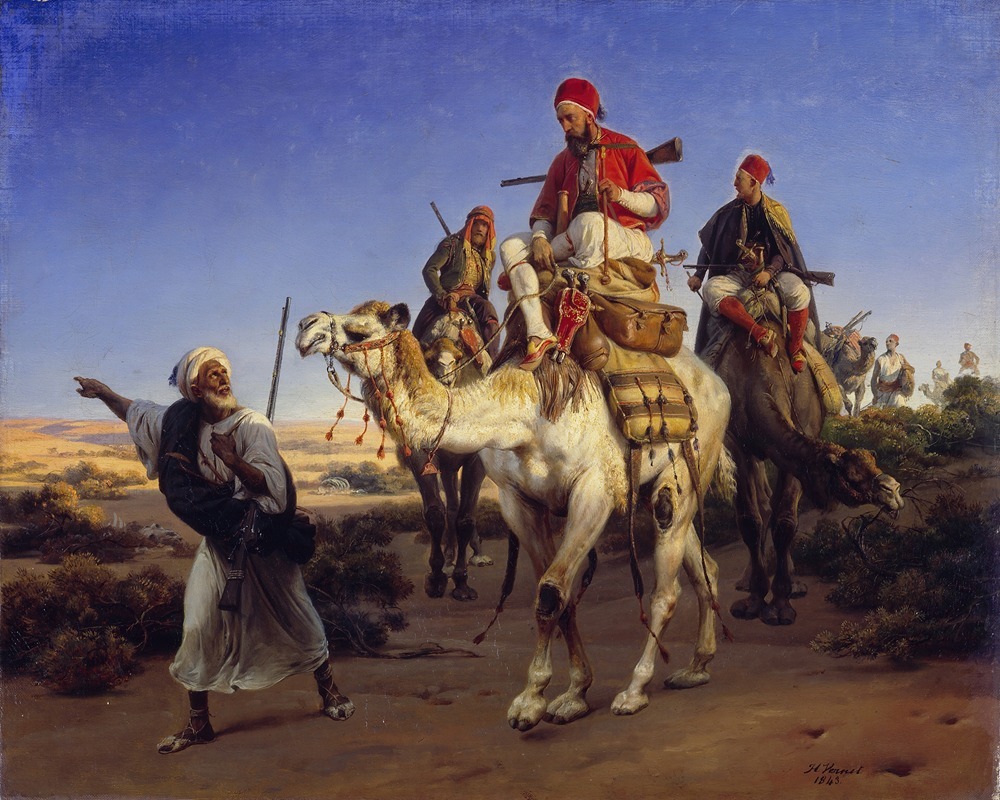
The Artist and his Companions travelling in the Desert
A hand-painted replica of Horace Vernet’s masterpiece The Artist and his Companions travelling in the Desert, meticulously crafted by professional artists to capture the true essence of the original. Each piece is created with museum-quality canvas and rare mineral pigments, carefully painted by experienced artists with delicate brushstrokes and rich, layered colors to perfectly recreate the texture of the original artwork. Unlike machine-printed reproductions, this hand-painted version brings the painting to life, infused with the artist’s emotions and skill in every stroke. Whether for personal collection or home decoration, it instantly elevates the artistic atmosphere of any space.
"The Artist and his Companions Travelling in the Desert" is a painting by the French artist Horace Vernet, completed in 1839. Vernet was a prominent 19th-century painter known for his dynamic compositions and detailed depictions of historical and contemporary events. This particular work is an example of Vernet's interest in Orientalist themes, a genre that romanticized and depicted the cultures and landscapes of the Middle East and North Africa.
The painting captures a scene of travel and adventure, depicting a group of figures traversing a vast desert landscape. The central figure, presumed to be a self-portrait of Vernet himself, is accompanied by several companions. These figures are mounted on camels, a common mode of transportation in desert regions, emphasizing the authenticity and exoticism of the scene. The composition is marked by its dramatic use of light and shadow, highlighting the harsh yet beautiful environment of the desert.
Vernet's work is characterized by its attention to detail and vibrant color palette, both of which are evident in this painting. The artist's skillful rendering of the figures and their surroundings creates a sense of movement and immediacy, drawing the viewer into the narrative of the journey. The painting reflects Vernet's fascination with the exotic and the unknown, a common theme in Orientalist art of the period.
The 19th century was a time of increased European interest in the Middle East and North Africa, fueled by colonial expansion and exploration. Artists like Vernet were inspired by the region's landscapes, peoples, and cultures, often portraying them through a romanticized lens. While such works were popular and influential, they also contributed to the creation of stereotypes and misconceptions about the regions they depicted.
"The Artist and his Companions Travelling in the Desert" is housed in the Wallace Collection in London, a museum known for its extensive collection of fine and decorative arts. The painting is an important example of Vernet's work and of the broader Orientalist movement in European art. It provides insight into the ways in which 19th-century artists engaged with themes of travel, exploration, and cultural encounter.
Vernet's ability to capture the essence of a scene with precision and emotion is evident in this painting. His work continues to be studied and appreciated for its artistic merit and its reflection of the cultural attitudes of his time. As with many Orientalist works, it invites viewers to consider the complexities of cultural representation and the historical context in which such art was created.
Overall, "The Artist and his Companions Travelling in the Desert" stands as a testament to Horace Vernet's skill as a painter and his contribution to the rich tapestry of 19th-century European art.





